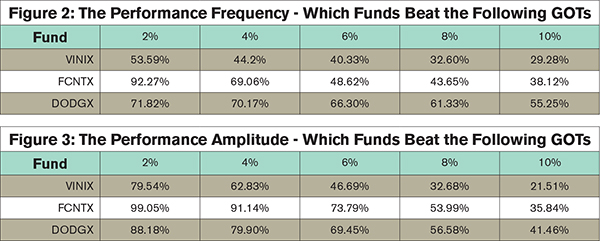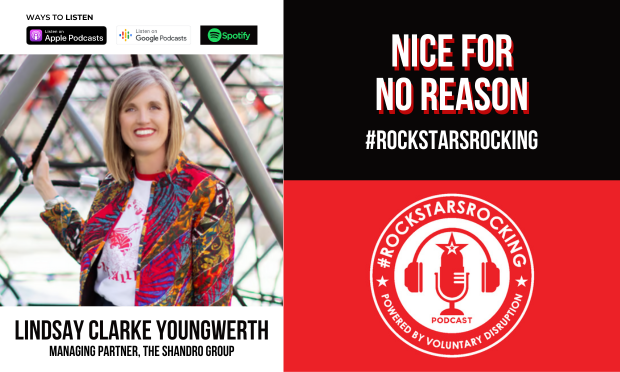It's hard to know which mutual fund is the best for retirementsavers to invest in. Each pay period (usually every two or fourweeks), employees place another bet on the mutual funds in their401(k) plans.
|Related: 10 tips to boost retirementsavings
|Without extra help, they usually only have information availablefrom the prospectus on which to make their decision. We all knowwhat they do. They immediate turn to the page that contains theSEC-required performance reporting data. Now, we all know that“past performance does not indicate future results,” but the factis it can't be wholly ignored.
|That might be a mistake. Here's why.
|I took a look at three of the top 10 most popular retirementplan mutual funds that appeared to have the most similar investmentstyle. These were the Vanguard Institutional Index Fund (VINIX),the Fidelity Contrafund (FCNTX) and the Dodge & Cox Fund(DODGX). Here's a comparison of their SEC-required performance data(all data based on 12/31/15 figures, see Figure 1 below.)
|Based on this performance, there's no clear winner. DODGXappears to have the greatest recent success, but FCNTX seems tohave been better in the long run. On the other hand, VINIX lookslike it has done better in the mid-term, as well as finishing inthe middle at both the short and long ends of the spectrum.
|This, together with an apparently attractive low expense ratio(though we all know it's irrelevant given we are looking at net ofexpense performance numbers), might tempt the retirement saver (andmany a prudent fiduciary) to choose VINIX.
|Related: Think you're set for retirement? Don't get toocomfortable
|This, however, could be a very damaging decision. TheSnapshot-in-Time Anomaly shows us why.
|
The SEC-required performance reporting assumes one invests themoney in a lump-sum at the beginning of the period. We all knowthis is not the case for 401(k) plans. The money is continuallyinvested over time. To better reflect this reality, I took a lookat rolling five-year periods over a month-to-month basis. Inaddition, I looked at a range of goal-oriented-targets (GOTs) foreach fund. Given the intermediate term success we saw in VINIX, onemight think this would give an unfair advantage to that Vanguardfund. The comparison proves otherwise. Figure two (right) indicateshow many periods each fund met or exceeded the particular GOT(i.e., the fund's “performance frequency” for each GOT).
|From this table, with the exception of very low GOTs, it lookslike DODGX is the best investment. We might interpret this,together with the SEC-required performance data, as meaning thatwhile DODGX is more likely to meet or exceed the GOT, when it isbad, it is very, very, bad.
|But we don't have to guess. We can actually test this byanalyzing the actual performance data of the rolling five yearperiods to determine how much the highs offset the lows. From thiswe can calculate the likelihood the fund will break even over timeat any particular GOT (i.e., the “performance amplitude” for eachGOT).
|
The performance amplitude (see Figure 3, above) suggests thosewith lower GOTs (less than 8 percent) might be better served byFCNTX while those with very high GOTs (8 percent-10 percent) mightbe better served by DODGX. In either case, it's clear that VINIX isthe worst choice. It's just another fine mess regulators havegotten us into.
Complete your profile to continue reading and get FREE access to BenefitsPRO, part of your ALM digital membership.
Your access to unlimited BenefitsPRO content isn’t changing.
Once you are an ALM digital member, you’ll receive:
- Critical BenefitsPRO information including cutting edge post-reform success strategies, access to educational webcasts and videos, resources from industry leaders, and informative Newsletters.
- Exclusive discounts on ALM, BenefitsPRO magazine and BenefitsPRO.com events
- Access to other award-winning ALM websites including ThinkAdvisor.com and Law.com
Already have an account? Sign In
© 2024 ALM Global, LLC, All Rights Reserved. Request academic re-use from www.copyright.com. All other uses, submit a request to [email protected]. For more information visit Asset & Logo Licensing.








